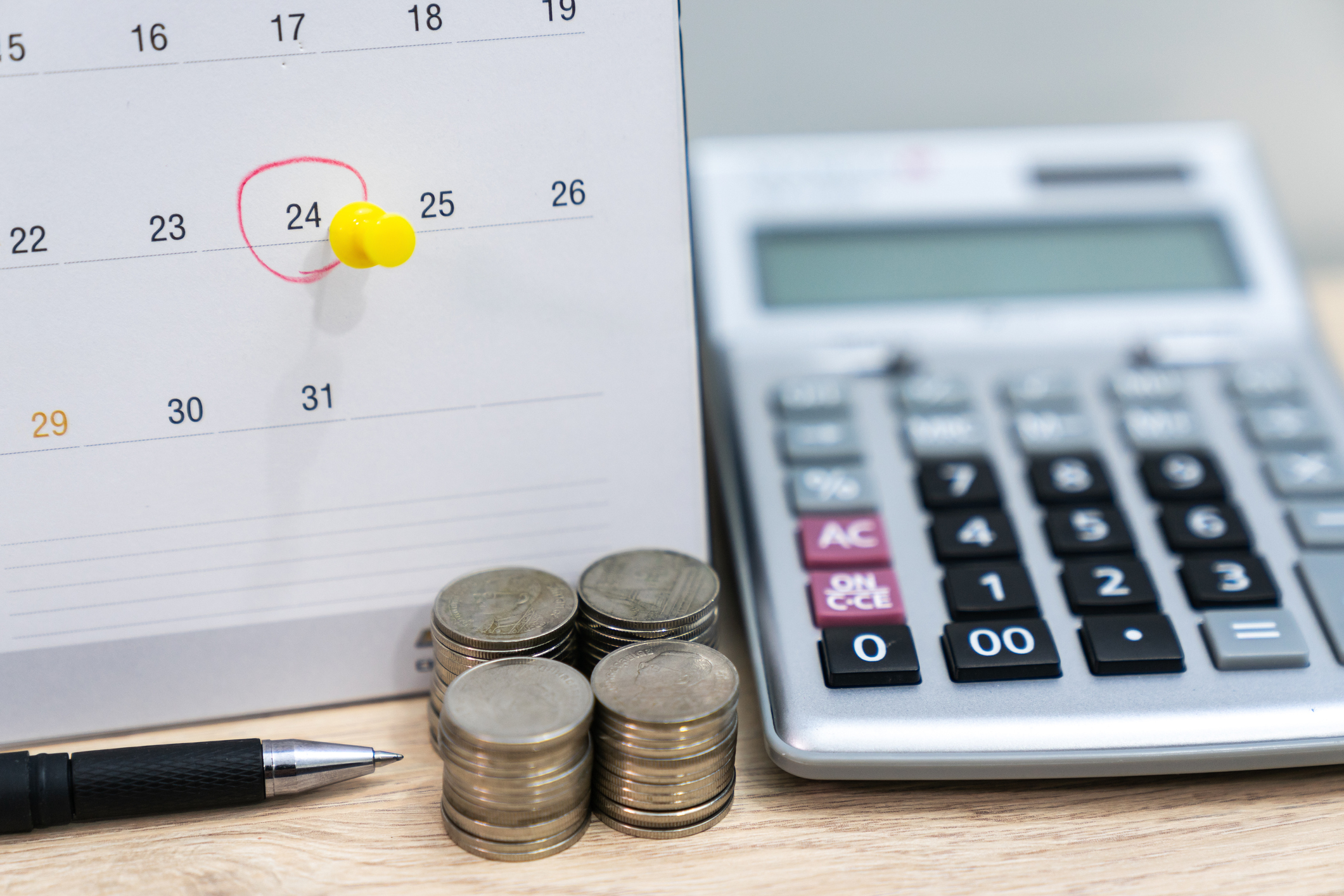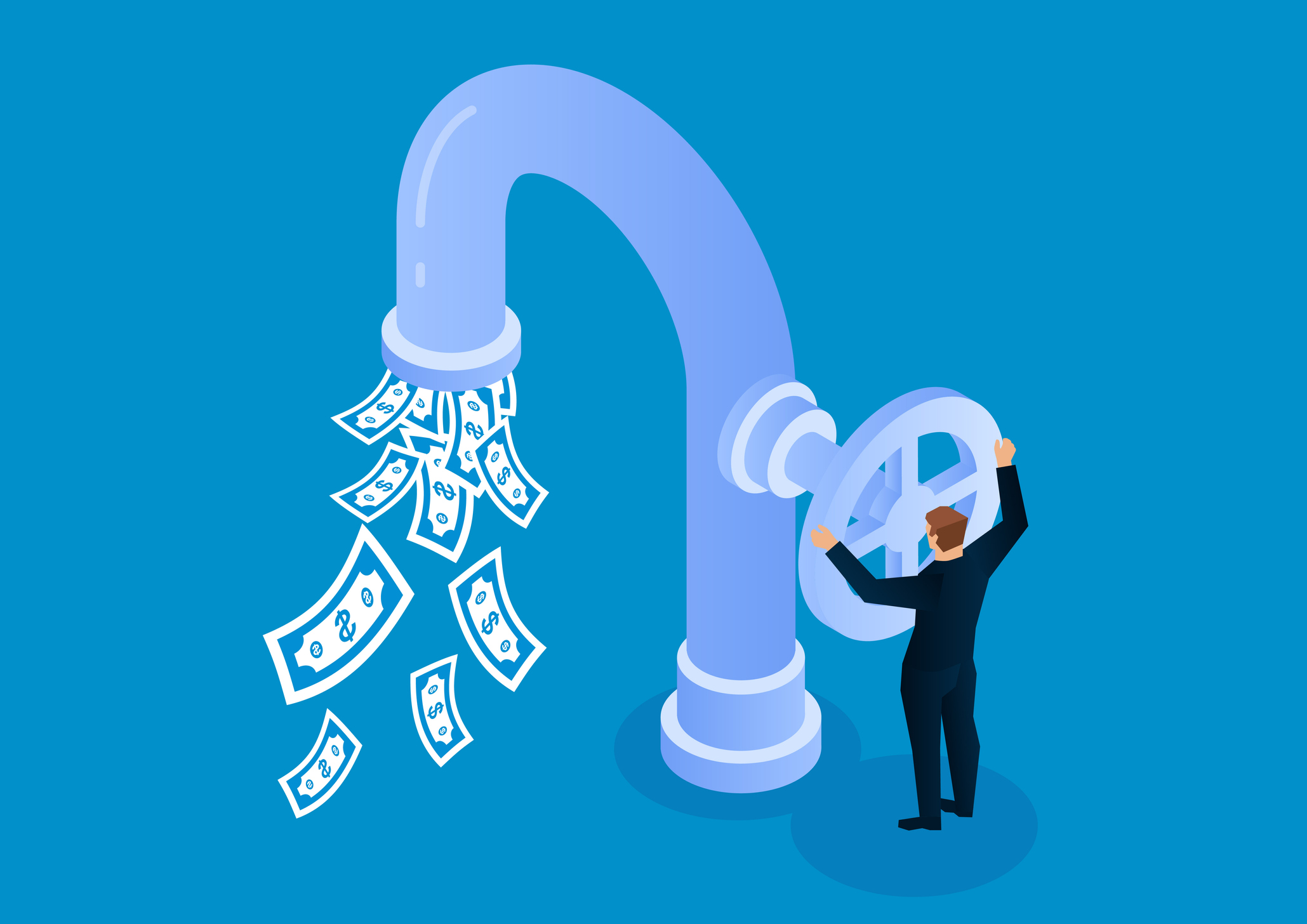5 Great Bond Funds for 2015
The bond bubble has to burst someday. These five funds are your best bets for that eventuality.

Watching the bond market gallop ahead reminds me more than a little of watching tech stocks skyrocket in the late 1990s. Tech stocks rose because of insane optimism over the potential for profits from the Internet. Bond yields keep falling and bond prices, which move in the opposite direction, keep rising because the Federal Reserve is holding short-term interest rates near zero and, more recently, because of fears of economic weakness, especially in Europe.
Fears of deflation in Europe have pushed yields below 1% on government bonds in Germany, France and the Netherlands. That gives European investors plenty of reason to buy U.S. government bonds when the benchmark 10-year Treasury yields a comparatively rich 2.07%. Making Treasuries even more attractive for foreigners is the continued strength of the dollar. As the dollar appreciates, money that foreigners hold in greenbacks gets translated into more euros, yen, pounds and other currencies.
But there’s hardly any value in long-term U.S. bonds. Should the yield on the 10-year Treasury rise just one percentage point over the next year, the price of the bond will likely plunge almost 9%. True, you will get back the bond’s face value if you hold it to maturity. But let’s not forget about the impact of inflation. Inflation has been tame of late, but over the long term, consumer prices have climbed an average of 3% annually. Given the piddling yield, if you hold a 10-year Treasury to maturity, it will almost surely be a loser after inflation.

Sign up for Kiplinger’s Free E-Newsletters
Profit and prosper with the best of expert advice on investing, taxes, retirement, personal finance and more - straight to your e-mail.
Profit and prosper with the best of expert advice - straight to your e-mail.
I’ve been bearish—and wrong—on long-term bonds for several years. But it’s often impossible to know when a bubble will burst. Alan Greenspan warned of “irrational exuberance” in tech stocks in 1996, more than three years before that bubble popped. Common sense argues that the bond bubble will burst someday, too. To me, that means you should keep your interest-rate sensitivity relatively low and not pay too much attention to past returns, which to a large degree have been inflated by falling interest rates.
With that in mind, here are my five favorite bond funds for 2015.
Fidelity Total Bond (FTBFX) takes a cautious approach to what its four comanagers view as a richly priced bond market. The fund’s average credit quality is triple-B, and the managers have invested just 12% of its assets in debt rated below investment grade. The fund, which yields 2.7%, would likely lose a little more than 5% if rates rise by one percentage point. Expenses are just 0.45% annually. That’s not as cheap as the fees on Vanguard’s bond funds, but Fidelity’s bond managers do a better job, for the most part, than Vanguard’s in-house bond managers. Over the past five years, Fidelity Total Bond, a member of the Kiplinger 25, returned an annualized 5.3%. (All returns in this article are through December 15.)
Fidelity Intermediate Municipal Income (FLTMX) yields a paltry 1.4%, but that’s all you can expect these days from a muni bond unless it takes excessive risk. The interest, at any rate, is free of federal income tax. The fund invests almost exclusively in investment-grade bonds; its average credit quality is single-A. If rates rise by a percentage point, the fund’s price will drop a bit less than 5%. Expenses are only 0.37%. Over the past five years, the fund returned an annualized 4.1%. This fund is also a member of the Kiplinger 25.
Loomis Sayles Bond (LSBRX) has cut back dramatically on some of the friskier investments that have helped make it one of the nation’s most successful funds. The three comanagers have parked about 25% of its assets in short-term U.S. and Canadian government issues. “Valuations across the spectrum are unattractive,” says comanager Matt Eagan. But the fund does have about 20% of its assets in junk bonds and 5% in stocks. Average credit quality is double-B, with about one-third of the fund’s assets either in bonds with below-investment-grade ratings or in unrated fare. That means any signs of a weakening economy would hurt the fund. You can expect the fund’s price to decline by 4.5% or so if rates rise by one percentage point. Expenses are 0.91% annually. The fund, which yields 2.8%, returned an annualized 8.1% over the past five years.
Metropolitan West Unconstrained Bond (MWCRX) has inoculated itself against rising interest rates by selling short Treasury bonds—that is, using some of its money to bet that Treasury yields will rise, thus pushing their prices lower. The fund’s share price is likely to decline by just 1% if rates increase by one percentage point. Aside from that twist, the fund is similar to Metropolitan West Total Return (MWTRX), which the same four comanagers have piloted ably since 1997. Unconstrained, however, takes more credit risk. It currently has 29% of its assets in junk bonds. Most of the remaining assets are in mortgages and other asset-backed securities. Launched in 2011, the fund returned an annualized 7.3% over the past three years and yields 1.7%. Most important: The fund could eke out a profit even if rates rise a bit. Annual expenses are 0.99%.
Vanguard Convertible Securities (VCVSX) invests in a relatively small corner of the market—and does it better than almost anyone else. Convertibles are a hybrid; they sometimes behave like stocks, other times like bonds. They pay interest but can be converted into stock at a preset price. Almost all convertibles are either unrated or carry junk ratings. Thus, this fund is almost as risky as a stock fund. But Oaktree Capital, which manages the fund for Vanguard, has done a superb job. Over the past 10 years, the fund returned an annualized 7.2%—just 0.1 percentage point per year less than Standard & Poor’s 500-stock index. Yet the fund has been about 22% less volatile than the index. The fund yields 2.1% and charges 0.63% annually. Most investors can only buy the fund directly from Vanguard.
In my next column, I’ll look at the best ETFs for 2015.
Steve Goldberg is an investment adviser in the Washington, D.C., area.
Get Kiplinger Today newsletter — free
Profit and prosper with the best of Kiplinger's advice on investing, taxes, retirement, personal finance and much more. Delivered daily. Enter your email in the box and click Sign Me Up.

-
 Stock Market Today: Stocks Soar on China Trade Talk Hopes
Stock Market Today: Stocks Soar on China Trade Talk HopesTreasury Secretary Bessent said current U.S.-China trade relations are unsustainable and signaled hopes for negotiations.
By Karee Venema
-
 2026 Disney Dining Plan Returns: Free Dining for Kids & Resort Benefits
2026 Disney Dining Plan Returns: Free Dining for Kids & Resort BenefitsPlan your 2026 Walt Disney World vacation now. Learn about the returning Disney Dining Plan, how kids aged three to nine eat free, and the exclusive benefits of staying at a Disney Resort hotel.
By Carla Ayers
-
 How Inflation, Deflation and Other 'Flations' Impact Your Stock Portfolio
How Inflation, Deflation and Other 'Flations' Impact Your Stock PortfolioThere are five different types of "flations" that not only impact the economy, but also your investment returns. Here's how to adjust your portfolio for each one.
By Kim Clark
-
 Kiplinger's Economic Calendar for This Week (April 21-25)
Kiplinger's Economic Calendar for This Week (April 21-25)This week's economic calendar features several Fed speakers and a key reading on consumer sentiment.
By Karee Venema
-
 Why I Still Won't Buy Gold: Glassman
Why I Still Won't Buy Gold: GlassmanOne reason I won't buy gold is because while stocks rise briskly over time – not every month or year, but certainly every decade – gold does not.
By James K. Glassman
-
 Should You Use a 25x4 Portfolio Allocation?
Should You Use a 25x4 Portfolio Allocation?The 25x4 portfolio is supposed to be the new 60/40. Should you bite?
By Nellie S. Huang
-
 Retirement Income Funds to Keep Cash Flowing In Your Golden Years
Retirement Income Funds to Keep Cash Flowing In Your Golden YearsRetirement income funds are aimed to engineer a steady payout of cash for retirees. Here are a few we like.
By Nellie S. Huang
-
 10 2024 Stock Picks From An Investing Expert
10 2024 Stock Picks From An Investing ExpertThese 2024 stock picks have the potential to beat the market over the next 12 months.
By James K. Glassman
-
 Special Dividends Are On The Rise — Here's What to Know About Them
Special Dividends Are On The Rise — Here's What to Know About ThemMore companies are paying out special dividends this year. Here's what that means.
By Kim Clark
-
 How to Invest in AI
How to Invest in AIInvestors wanting to know how to invest in AI should consider these companies that stand to benefit from the boom.
By Kim Clark